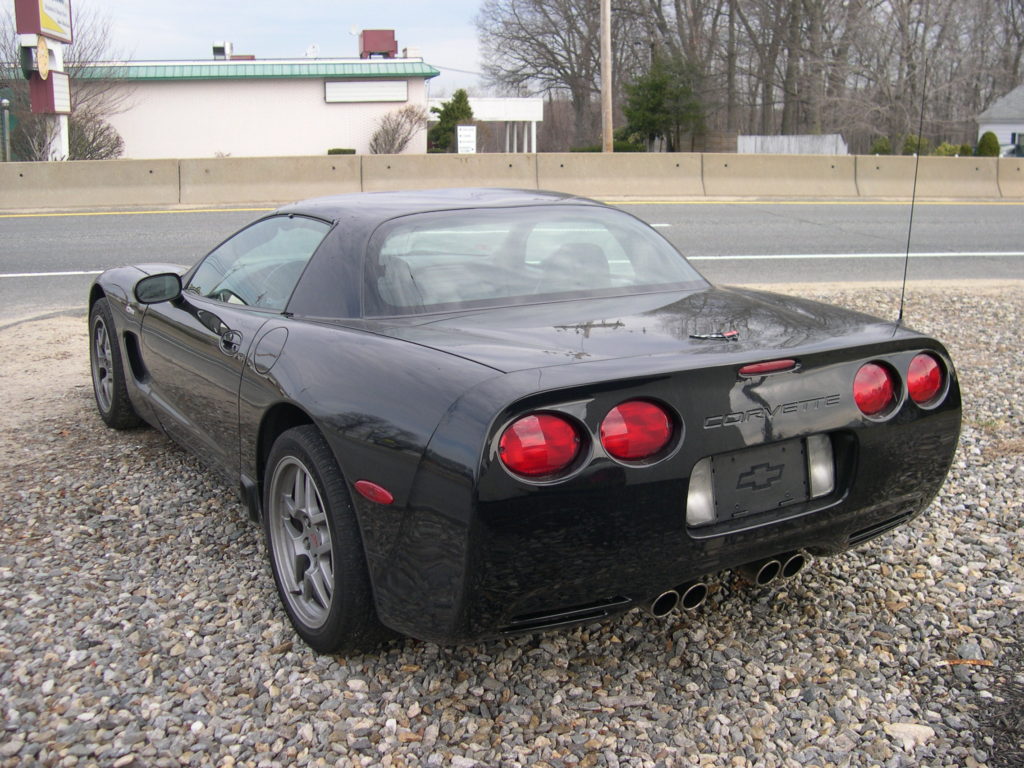You might assume that old cars are easy to work on because they’re not as complex as today’s vehicles. But if you ever have to remove a rusted bolt from a 50-year-old car, you’ll quickly learn how difficult repairing vintage vehicles can be.
Most professional mechanics agree that the easiest cars to work on are from the late 90s and early 00s—a time when vehicles were modern but not overly complex. Of course, specific makes and models built within that timeframe are easier to work on than others.
What Defines Whether a Car is Easy to Work On or Not?
Typically, the easiest cars to work on are Asian and domestic models from the late 90s and early 00s. What makes these vehicles so easy to service and repair? The answer is a combination of factors, including the following:
Design
The way certain cars are engineered makes them more service-friendly than others. For example, most professionals agree that Hondas are generally well-designed and easy to fix, whereas BMWs are more complex and challenging to repair.
Service Information
Professional mechanics rely on service information (accessed through an online database) to diagnose and repair cars. But some vehicle manufacturers provide better service information than others.
For instance, General Motors (GM) provides detailed service information that’s easy to understand while the content from BMW is limited and difficult to follow.

Cost and Availability of Parts
Finding cost-effective parts for certain makes and models can be a real challenge. When you can easily locate components for a vehicle, that makes the car easier to repair. It’s generally pretty simple to find affordable parts for 10 to 25-year-old Asian and domestic vehicles.
Age
The age of the car is also important. Vintage vehicles are difficult to work on because, all too often, they contain corroded and brittle parts that break easily. What’s more, replacement parts can be nearly impossible to find for classic cars.
New (or almost new) vehicles—with dozens of computers and complex data networks onboard—can also be a challenge to repair, especially for a DIYer.
Generally, cars built from around 1996 to 2010 are the easiest to work on. A standardized self-diagnostic capability, called onboard diagnostics II (OBD II), was introduced on cars in 1996.
Models built from 1996 forward can communicate with a typical OBD II-capable scanner or code reader (a trait that makes the car easier to troubleshoot). At the same time, vehicles built before 2010 tend to be less complicated than newer models.
Examples of Easy Cars to Work On
If you’re looking for a car that’s relatively straightforward to repair, these are some of the best cars to work on (categorized by vehicle type):
Compact Car: Honda Civic (1996-2011)
The Honda Civic is a well-designed compact car that’s both reliable and easy to work on. Sixth, seventh, and eighth-generation models (1996-2011) are particularly service-friendly because, while they aren’t overly complicated, they can communicate with an OBD II scanner or code reader.

Sedan: Toyota Camry (1997-2006)
Although the Camry is far from being a head-turner, it’s well-made, thoughtfully laid out—and above all else, simple to repair. Fourth and fifth-generation (1997-2006) four-cylinder models are especially easy to work on.

Sports Car: Mazda Miata (1998-2005)
Unlike the Honda Civic and Toyota Camry, which are both front-wheel drive, the Mazda Miata has a rear-wheel drive layout. That configuration, combined with a small four-cylinder engine, creates an abundance of space in the engine compartment. You’ll find the extra wiggle room makes the Miata exceptionally easy to work on.

SUV: Jeep Cherokee XJ (1996-2001)
Few SUVs are easier to fix than the Jeep Cherokee XJ. The XJ debuted in 1984, then carried on for nearly two decades before being discontinued in 2001.
Because the XJ was born in the 1980s, it features a simple inline six-cylinder engine that’s easy to repair. Models built between 1996 and 2001 have the additional benefit of OBD II diagnostic technology.

Truck: Chevrolet Silverado (1999-2006)
A winning combination of simplicity and OBD diagnostic capability makes the first and second-generation Chevy Silverados (1999-2006) easy to work on.
The basic formula for the Silverado—and its twin, the GMC Sierra—dates back to the 1970s when GM first introduced the C/K line of pickup trucks. To this day, the Silverado contains many traditional components passed down from generations, then modernized for today’s world.
For example, the Silverado still has a simple pushrod engine instead of a more modern overhead camshaft design.

Performance Car: Chevrolet Corvette (1997-2004)
The Chevrolet C5 Corvette is similar to the Silverado in that it contains many traditional components (e.g., a pushrod engine) that have been modernized for today’s world. That makes the C5 relatively easy to work on compared to most performance cars.

What’s Easy to Work On Is Subjective
At the end of the day, which cars are easy to work on is a matter of opinion. To someone who grew up working on vintage vehicles with carburetors, anything that’s computer-controlled can seem challenging. By the same token, someone who started out working on fuel-injected engines might find classic cars challenging.
The best advice is to work on what you enjoy—regardless of whether that’s a vintage vehicle or a brand-new model.
Any information provided on this Website is for informational purposes only and is not intended to replace consultation with a professional mechanic. The accuracy and timeliness of the information may change from the time of publication.


















One of the easier engines and vehicles in general that I’ve worked on has been my ‘04 Jeep Wrangler with the 4.0 liter engine. As you have already mentioned the XJ, most older Jeeps seem to be more mechanic friendly.